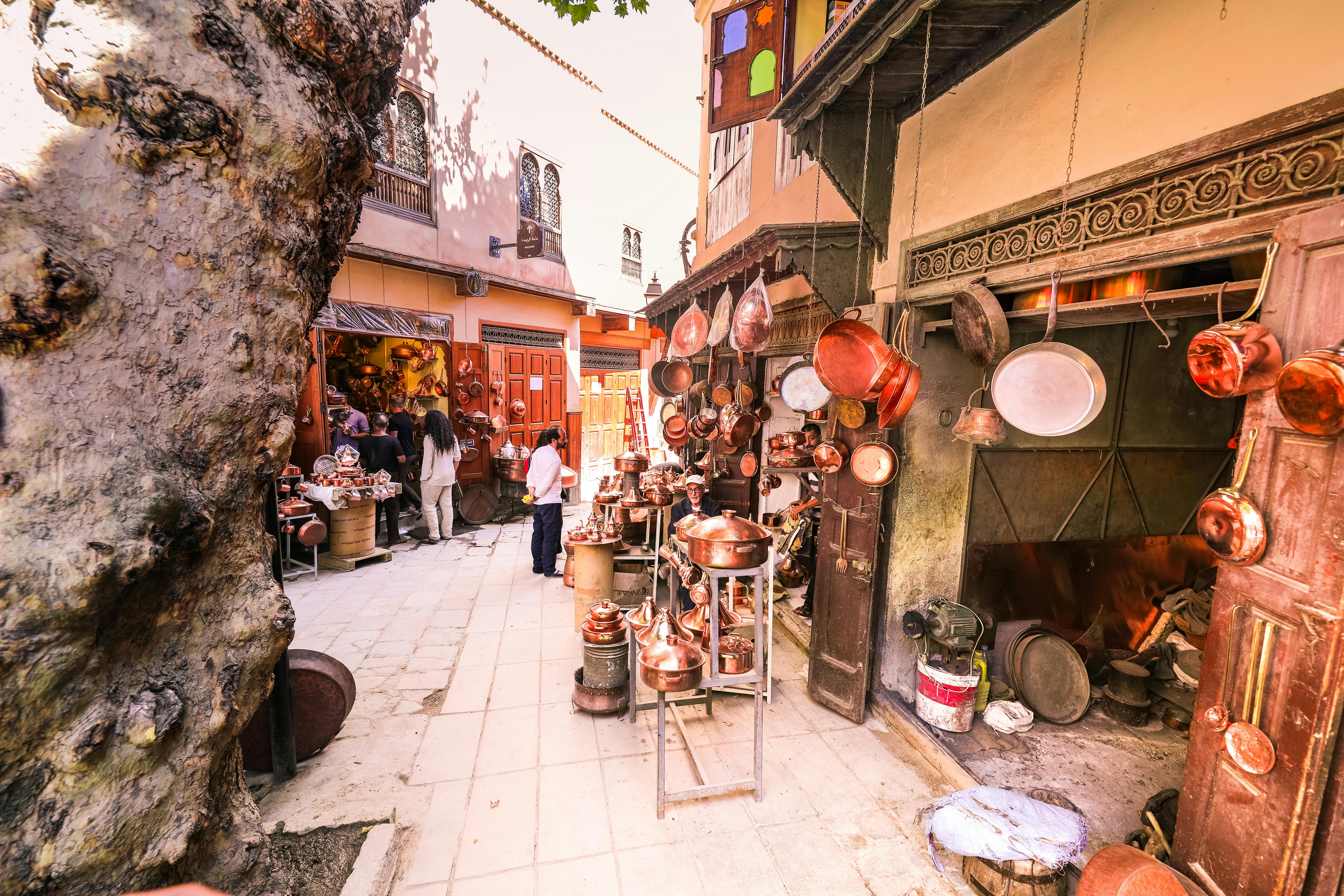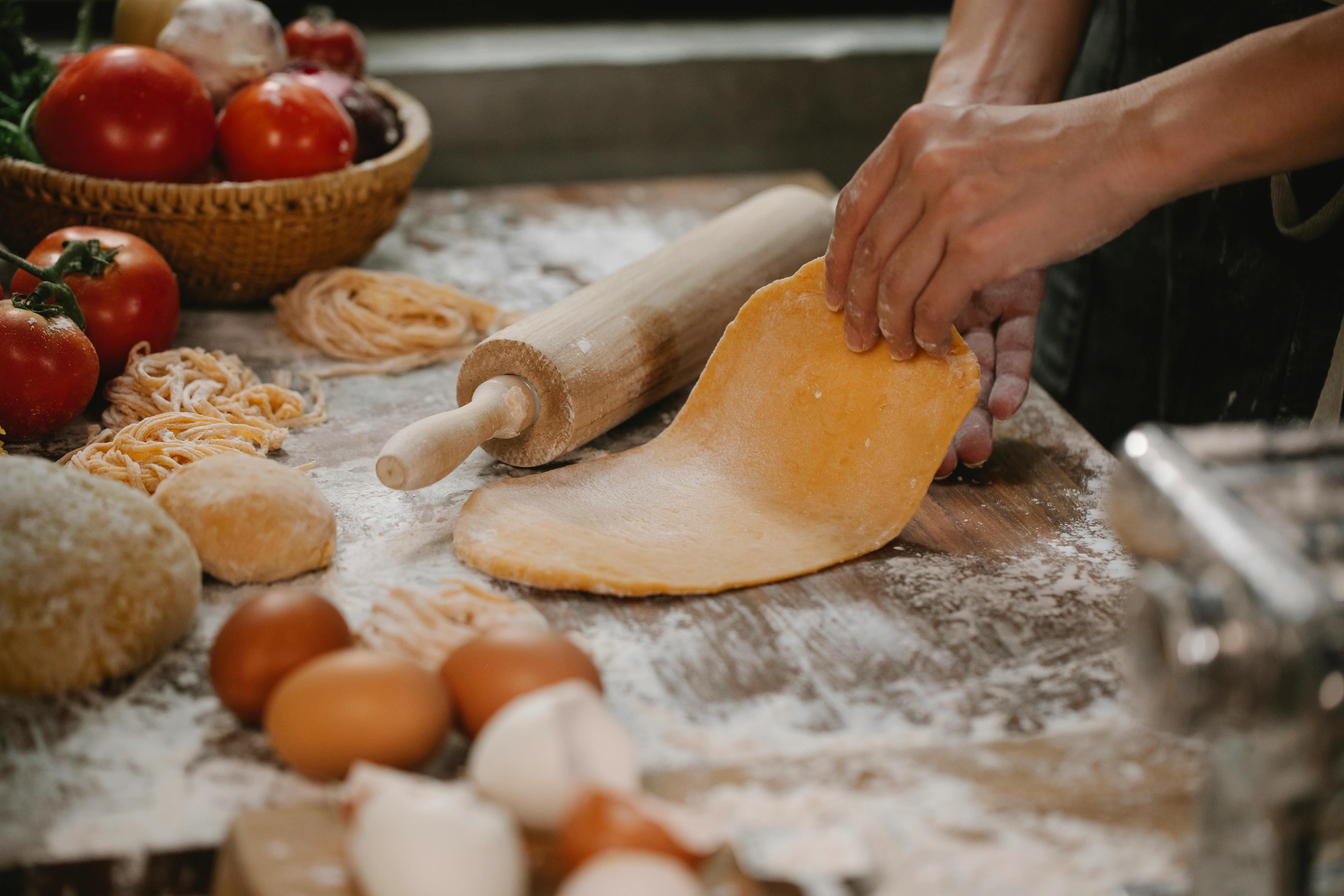The content of the classic Maya civilization is very rich and can only be summarized in the shortest way. They consist of large pyramidal mounds and platforms made of earth and breakwater. Many of the Mayan buildings are tremendously tall and amazingly steep. As examples, the great pyramidal temple of Tikal rises like a tower to heights of more than 60 meters above the floors of the plaza.
The buildings that crown the pyramids and the platforms were also built with rubble fill and stone block masonry. In some, such as the northern lowlands, cut stone facings were no more than stucco lining. The walls of the buildings were thick and the rooms relatively narrow; the ceilings were vaulted with projecting arches.
The doors used to be small and the windows very rare, so the interiors of those still intact structures are dark and cool. Small buildings, from one to three rooms, placed on top of steep pyramids, were probably temples; The longest and largest buildings, with many rooms and located on lower and wider platforms, were probably palaces.
The ball court, a feature of the Maya Late Classic Period, was the other main building type. The basic plan of Maya ceremonial centers, particularly in the southern lowlands, was a rectangular plaza surrounded on three or four sides by mounds. These plazas were often artificially clothed hilltops, as at Uaxactún, or terraced slopes, as at Piedras Negras and Palenque. Through successive layers of construction, the plaza unit gradually assumed the appearance of an acropolis, of which the famous “Main Group” at Tikal or the “Acropolis” at Copán are good examples.
Carved stelae and altar stones were placed in the plazas, often at the foot of the steps of the pyramids. High above the plazas, temples and palaces were adorned with intricate roof ridges, flying facades, and carved and sculpted stucco decoration.
Maya ceremonial centers were built and sustained by jungle farming populations, but the archaeological record of this people is now only beginning to be established. Ordinary Classic Maya dwellings probably closely resembled the wooden, mud, and thatched huts of their historic or modern descendants, and such buildings have left few traces above ground. Fortunately, many of them were built on small earthen or stone platforms, and several of these “house mounds” have been discovered and studied. These studies indicate that the dwellings were not close together and immediately around the ceremonial centers. Groups of mounds have been found near main plazas and center mounds, but equally large groups were found scattered along riverbeds or around the edges of lakes and bajos (swamps) several kilometers away. of the ceremonial centers.
There are some debatable exceptions. Some archaeologists claim that Tikal is truly urban Petén in its proportions, just like Dzibilchaltún in northern Yucatán. But for the most part, the general settlement pattern of the Classic Maya was a scattered village that dotted most of the land suitable for agriculture. Interspersed between these hamlets were minor ceremonial centers, and somewhat further apart were the major centers with their elaborate architecture and monuments. Presumably, several villages coordinated their efforts to build and maintain a minor ceremonial center, and in turn, the total tributary population of these minor centers merged with other similar groups to support the major centers.




